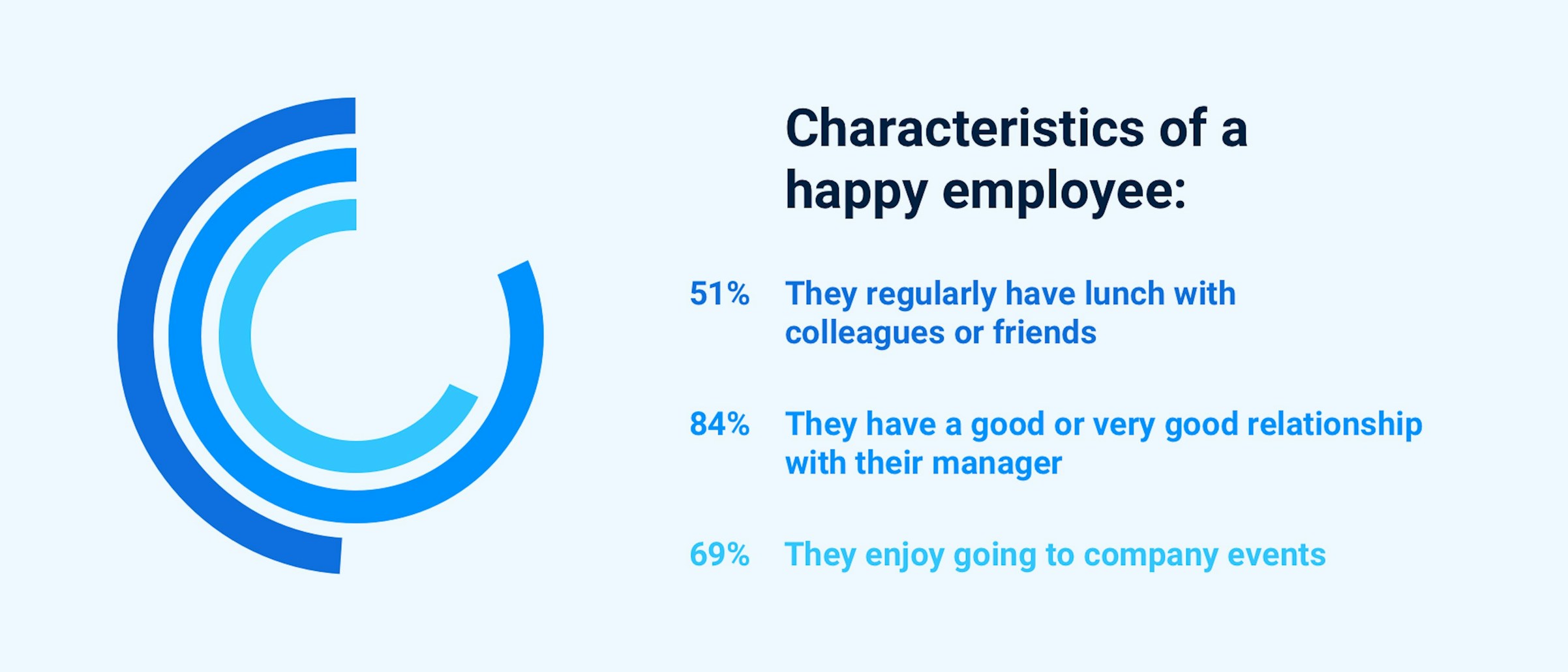The art of connecting with Generations Y and Z (Part 1)

The generational divide
Ahhhhh, the younger generations.
They're glued to their phones, aren't they?
They've got their big headphones on again, haven't they?
They're incapable of holding a normal conversation for more than thirty seconds... blooming TYPICAL!
Imagine having to manage them?
When it's put like that, it certainly does seem like an unenviable task; but is it really as hard as it seems?
What is generation Y?
Those born between 1980 and 1996 are considered to be part of the generation Y cohort and are often referred to as millennials. Many members of this generation have been in the workforce for quite some time and HR management has already adjusted to their needs.
What is generation Z?
Those born from 1997 onwards are considered to be part of generation Z and are referred to as gen zers. They are the most recent generation to have entered the world of work and their needs and expectations are drastically different to those that have preceded them.
Often holding an ideological view of how things should be done, they are less likely to hang around for a promotion or pay rise and will typically look elsewhere if one is not forthcoming.
There is a lot of negative hype that seems to follow millennials and gen zers around. Much of it is likely drawn from a pretty concerted campaign that is perpetuated by the media and "celebrities" such as Piers Morgan.
While public opinion may have been influenced by unfair and lazy stereotypes, there is certainly a lot to be said about the challenges employers face when looking to engage with the younger members of their workforce.
So how can managers get the best out of millennials and gen zers?
How to get the best out of generations Y & Z
Millennials and gen zers are not aliens. They aren't a different species who have landed on earth, infiltrated your business and decided that it'd be a laugh to destroy it to its very core!
Yes, they may be different to what's preceded them, but they're also capable of providing new and innovative ideas that older generations may simply not be able to imagine.
The trick is to treat them as individuals, let them get on with their own thing and see where it takes you.
Of course, they still need to be managed, coached and guided within their roles, but their presence should not strike fear into senior colleagues.
Instead, managers should look to encourage and embrace collaboration between members of different generations.
Experience and youth can be a deadly combination when used correctly, so managers should look to find ways of making the most of their existing workforce and their younger recruits.
How to encourage cross-generational collaboration
Within your role, it's highly likely that you either work with or manage people from different generations.
Mixing is not always easy; however, multi-generational management can help to improve overall job satisfaction for employees, increase team harmony and help build the overall spirit.
A good way of encouraging cross-generational collaboration is through social and company events. A study conducted by Wrike, a project management service provider, on employee happiness revealed that happy employees enjoy company events.
The same study also revealed that 68% of dissatisfied employees stated that they did not like to spend time with their colleagues outside of work hours.
So what do these figures reveal?
Well, encouraging team members to take part in team-building activities, both inside and outside of work, can help facilitate friendships and closer bonds.
However, while Wrike's study may demonstrate that team events are well received by employees, should employers make allowances when looking to plan events for employees who form part of generations Y and Z?

What makes generations Y & Z tick?
It’s common knowledge that millennials and gen zers are less loyal to companies than previous generations. If the "dream job" turns out to be disappointing, they’ll jump ship without much thought or hesitation.
This is why it’s important for employers to optimise their employee engagement strategies to get the most out of these young, hungry, and tech-savvy employees.
Both millennials and gen zers embrace ethical, inclusive and fair working environments. This is something many businesses are still getting to grips with. For years, workplace discrimination has been all too common and, unfortunately, this has manifested itself in the form of hierarchical structures that mirror society's unequal divide.
Younger generations have grown up in the age of social media and where being different is no longer seen as a sign of weakness or a source for ridicule. As older generations begin to retire and younger generations come in as replacements, companies are having to adjust their internal governance structures.
Members of the generation Z cohort can also be characterised by the way they form relationships at work. According to a survey conducted by the Gallup Institute, close friendships with colleagues can help increase job satisfaction by up to 50%.
Did you know?
Wrike's study shows that 22% of gen zers prefer to spend time on social media during their lunch break rather than with their colleagues. This figure goes down to 12% for Gen Y.
Team-building and volunteering at work
Managers should look at trying to combine the needs of different generations to create "meaningful work" through team-building activities. Social events and corporate volunteering can be structured in a way that meets the needs of all generations.
There’s a burning desire within gen zers and millennials to take part in activities that are meaningful and that have a positive impact on the environment.
While lots of young people may give up their own free time to take part in good causes, many younger employees feel that their organisations could do more to provide them with the time to do this work during working hours.
"Corporate volunteering is an appropriate choice when it comes to uniting the interests of different generations. In fact, everyone likes to do good deeds, but many people lack the time or motivation to do so in their private lives. We believe that providing our employees with the opportunity to take part in charitable causes is a good perk for them to have.
Amandine Braillard, HR Manager @ PayFit
Unfortunately, many employers don’t provide employees with the opportunity to do charitable activities. However, there are a growing number of businesses using CSR (corporate social responsibility) and corporate volunteering initiatives to not only give something back to the community but also improve the feel-good factor within the organisation.
So, even if your company is not called TooGoodToGo, UpEffect or ChariTea, charitable acts should be a core part of what your business does.
“An interesting trend is the increase of team events with a social backdrop, so-called social events and CSR measures.”
Team building experts, Team Tactics
Five ideas for corporate volunteering
Match employees with charities to work on specific projects.
Christmas volunteering so your Christmas party feels even more rewarding.
As with any social event, you need to get the small details right if you want to make it a great event. Planning and good communication with the different stakeholders will help ensure that everything runs smoothly.
Team events and volunteering at PayFit
At PayFit, we’re always looking at ways to enhance our social and charitable events calendar.
We’ve even created PayFit Solidarity, an initiative that encourages PayFiters to take part in social and charitable projects during working hours.
We’ve had some amazing initiatives that have seen us work with refugees and visit elderly people in care homes. Here are some of our favourites.
A donation to A Chacun son Everest, a charity that helps children suffering from cancer to have their dream holiday.
Share a meal with vulnerable adults.
Supported refugees study via an online mentoring programme.
We took part in Toy Appeal, an initiative that sees Christmas presents donated to children living below the poverty line.
In our next article, we will provide our three best tips on how to make your corporate or team events a smash-hit!
Part Time Workers' Holiday Entitlement - Guide & Calculator

Payroll Numbers Guide: UK Requirements & Best Practices 2025
How Much Does an Employee Cost UK Employers in 2025?







